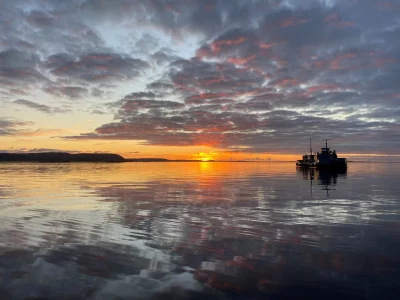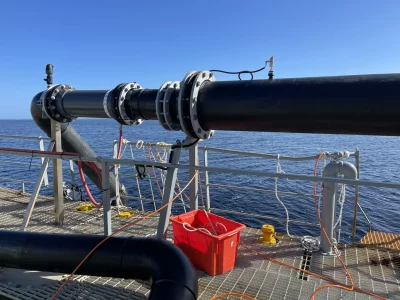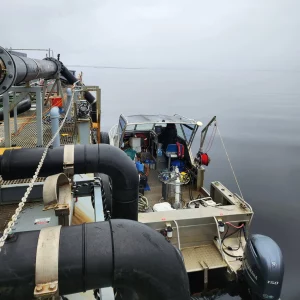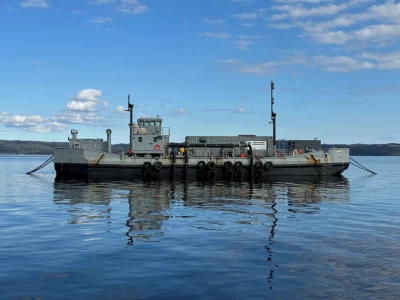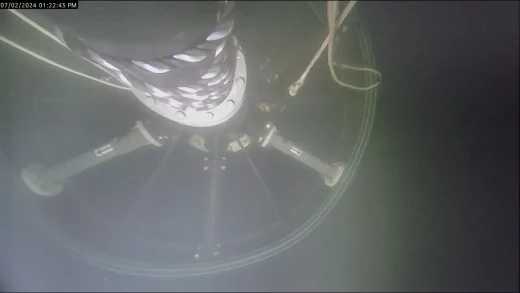This project aims to increase dissolved oxygen levels in Macquarie Harbour, addressing an urgent action for Maugean skate conservation. Studies show salmonid aquaculture and river flows affect harbor oxygen levels, with climate change also contributing to oxygen decline. The salmonid industry, through FRDC funding, is supporting this priority to offset their impact and aid skate conservation. A scientific evaluation will assess the oxygenation system's effectiveness, determining its potential for future use in offsetting or remediating bottom water oxygen levels.
Macquarie Harbour, Tasmania, has hosted salmonid aquaculture since the 1980s, with biomass peaking in 2014/15. Environmental concerns, including declining oxygen levels and deteriorating sediment conditions, led to reduced biomass limits. Concurrently, research revealed a significant decline in the endangered Maugean skate population, prompting urgent conservation actions. In response, a National Recovery Team was formed in 2023 to develop a conservation plan, identifying increased dissolved oxygen levels as a key priority.
An Environmental Remediation Feasibility Working Group evaluated options to improve oxygen levels, concluding that oxygenation of bottom waters via pumping was the most viable short-term solution. This led to the development of a pilot oxygen trial and associated research project, aimed at assessing the feasibility of this approach. The project's potential benefits extend to skate conservation, sustainable aquaculture operations, local communities, and broader environmental remediation applications.
This initiative comprises three main components: (1) engineering and operation of the oxygenation plant, (2) assessing ecosystem response to oxygenation, including effects on nutrients, metals, microbes, and fauna, and (3) computer modelling to predict oxygen plume diffusion. The pilot trial will employ a staged approach, gradually scaling up the volume, duration, and injection method based on model predictions and ecological observations. This careful methodology aims to ensure effective oxygen delivery to bottom waters while minimizing potential adverse ecological impacts.
To explore the project in more detail, follow the below link to the project webpage.
